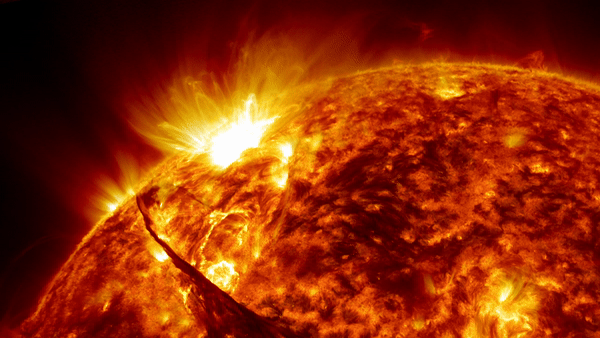When a radiocarbon spike is detected, the researchers then compare the tree-ring data to spikes in different isotopes such as beryllium-10 which has been locked away in ice cores retrieved from glaciers and ice sheets, another great natural time capsule. Just like carbon-14, beryllium-10 forms in the atmosphere as a result of a bombardment of solar particles, precipitation such as rain or snow captures the isotope and locks it into an ice sheet.
“If ice cores from both the North Pole and South Pole show a spike in the isotope beryllium-10 for a particular year corresponding to increased radiocarbon in tree-rings, we know there was a solar storm,” Panyushkina said in the statement.
Both tree ring and ice data pinpointed the date of the extreme Miyake solar storm whose timing had long eluded researchers to between 664 and 663 BCE.



Wikipedia thankfully links events by year: 664 BC, 663 BC
From peeking though the linked events, I’m going to say no, they did not notice at all.